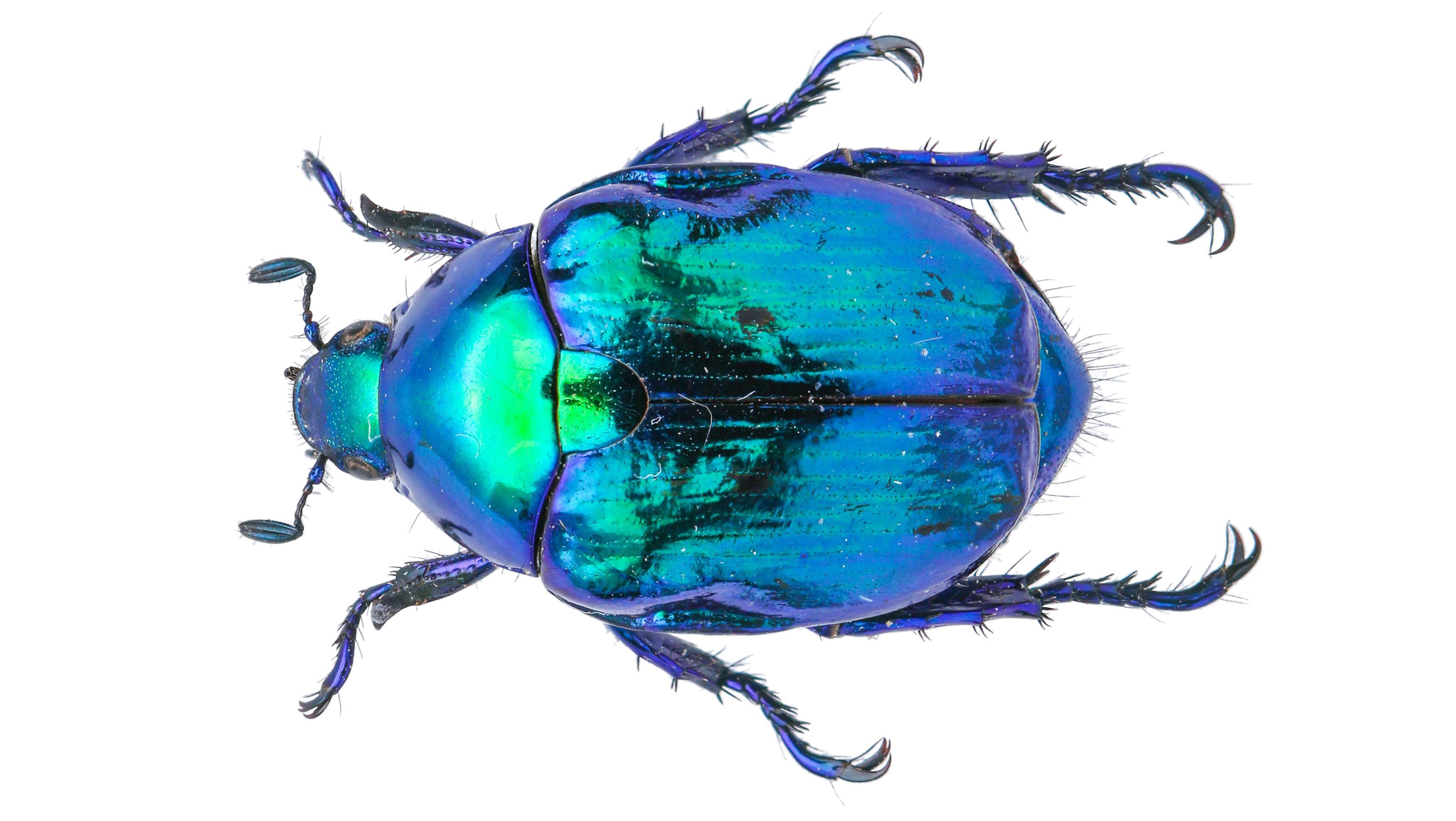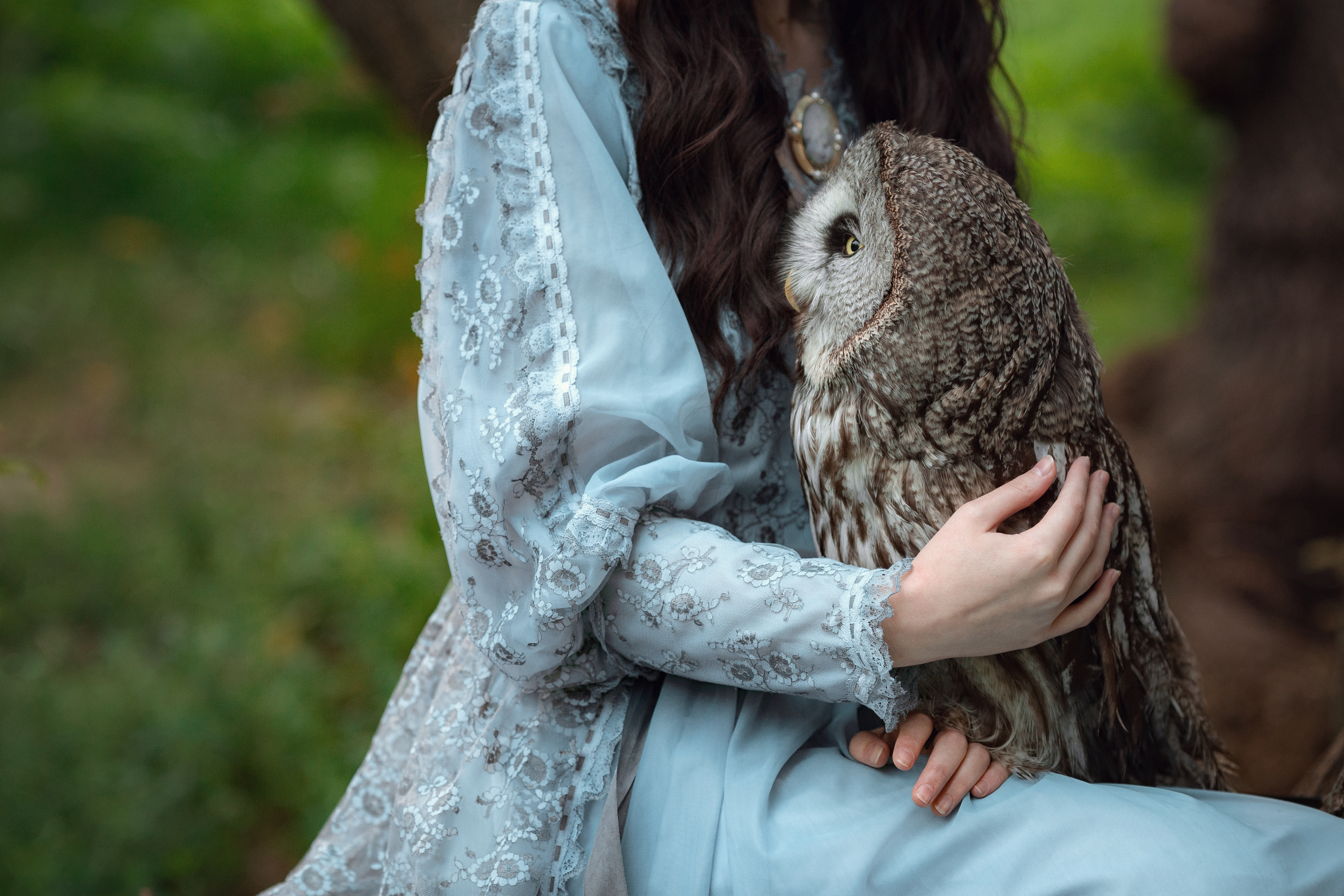Unraveling Animal Symbolism in Myths: A Walk Through 18 Cultures of the World
Understanding animal symbolism in myths is like embarking on a journey into the collective subconscious of humanity. It reveals our primal instincts, fears, desires, and values, and it offers a glimpse into the diverse cultures and civilizations that have shaped the world. This exploration will take us across continents and through time, from the ancient civilizations of Egypt and Greece to the indigenous cultures of America and Australia. We will discover how animals have been used as symbols to express complex human emotions, ideas, and beliefs, and how these symbols have evolved over time.
The Sacred Scarab of Ancient Egypt: Symbol of Creation and Renewal

In Ancient Egypt, the scarab beetle was a potent symbol of creation and renewal. This humble insect, which rolls dung into a ball and deposits its eggs inside, was seen as a metaphor for the sun god Ra, who rolled the sun across the sky each day. The scarab was also associated with Khepri, the god of sunrise and rebirth. Egyptians wore scarab amulets for protection and good luck, and they placed scarab statues in tombs to ensure the deceased's rebirth in the afterlife.
The Powerful Lion of Ancient Greece: Symbol of Strength and Nobility

In Ancient Greek mythology, the lion was a symbol of strength, courage, and nobility. The Nemean lion, a legendary beast slain by Hercules, was considered invincible due to its golden, impenetrable fur. The lion was also associated with the goddess Cybele, who was often depicted riding a chariot drawn by lions. In Greek art and literature, the lion was used as a metaphor for heroic strength and noble character.
The Mischievous Monkey of Hindu Mythology: Symbol of Intelligence and Devotion

In Hindu mythology, the monkey is a symbol of intelligence, curiosity, and devotion. The most famous monkey in Hindu mythology is Hanuman, the monkey god who is a devoted follower of Lord Rama. Hanuman is known for his extraordinary strength, intelligence, and loyalty. He is often depicted carrying a mountain, which he once did to retrieve a life-saving herb for Rama's brother. Hanuman is revered as a symbol of selfless service and devotion.
The Majestic Eagle of Native American Cultures: Symbol of Vision and Spirituality

In many Native American cultures, the eagle is a sacred symbol of vision, wisdom, and spirituality. The eagle is believed to carry prayers to the spirit world and to bring back messages from the Creator. The eagle's ability to soar high above the earth is seen as a metaphor for spiritual enlightenment and the pursuit of higher truths. Eagle feathers are used in sacred ceremonies and rituals, and they are considered a great honor to receive.
The Wise Owl of Celtic Mythology: Symbol of Wisdom and Prophecy

In Celtic mythology, the owl is a symbol of wisdom, prophecy, and magic. The owl is associated with the goddess Athena, who is often depicted with an owl perched on her shoulder. The owl's ability to see in the dark is seen as a metaphor for inner wisdom and intuition. In Celtic art and literature, the owl is often used as a symbol of the mysterious and the supernatural.
The Fierce Dragon of Chinese Mythology: Symbol of Power and Prosperity

In Chinese mythology, the dragon is a symbol of power, prosperity, and good luck. The dragon is associated with the emperor, who is considered the "son of heaven" and the earthly embodiment of the dragon. The dragon's ability to control water and bring rain is seen as a metaphor for the emperor's role in maintaining harmony and prosperity in the kingdom. Dragon imagery is ubiquitous in Chinese art, architecture, and festivals.
The Graceful Crane of Japanese Folklore: Symbol of Longevity and Fidelity

In Japanese folklore, the crane is a symbol of longevity, fidelity, and good fortune. The crane is believed to live for a thousand years, and it is often depicted in art and literature as a symbol of long life and good health. The crane's fidelity to its mate is seen as a metaphor for marital fidelity and love. Origami cranes are a popular symbol of hope and healing in Japan.
The Mighty Jaguar of Mayan Mythology: Symbol of Power and Ferocity

In Mayan mythology, the jaguar is a symbol of power, ferocity, and the underworld. The jaguar is associated with the sun god Kinich Ahau, who is often depicted as a jaguar. The jaguar's ability to move silently and swiftly through the jungle is seen as a metaphor for spiritual power and mastery over the physical and spiritual realms. Jaguar imagery is prevalent in Mayan art, architecture, and rituals.
The Cunning Fox of Norse Mythology: Symbol of Trickery and Cunning

In Norse mythology, the fox is a symbol of trickery, cunning, and transformation. The fox is associated with the god Loki, who is known for his cunning and deceptive ways. The fox's ability to elude hunters and change its color with the seasons is seen as a metaphor for adaptability and survival. In Norse art and literature, the fox is often used as a symbol of the unpredictable and the elusive.
The Noble Elephant of African Folklore: Symbol of Wisdom and Patience

In African folklore, the elephant is a symbol of wisdom, patience, and leadership. The elephant is revered for its long memory, its gentle nature, and its role as a matriarchal leader. The elephant's ability to navigate difficult terrain is seen as a metaphor for overcoming obstacles and achieving success. Elephant imagery is common in African art, literature, and oral traditions.
The Sacred Cow of Indian Culture: Symbol of Abundance and Non-Violence

In Indian culture, the cow is a sacred symbol of abundance, non-violence, and motherhood. The cow is associated with the goddess Kamadhenu, who is believed to fulfill all desires. The cow's gentle nature and its role in providing milk and other products are seen as a metaphor for selfless giving and compassion. Cow imagery is prevalent in Indian art, rituals, and festivals.
The Enigmatic Raven of Inuit Mythology: Symbol of Creation and Transformation

In Inuit mythology, the raven is a symbol of creation, transformation, and the mysterious. The raven is associated with the creation myth, in which a raven finds a pebble and drops it into the sea, creating the earth. The raven's ability to adapt to harsh conditions and its role as a scavenger are seen as metaphors for survival and transformation. Raven imagery is common in Inuit art, stories, and rituals.
The Resilient Kangaroo of Australian Aboriginal Culture: Symbol of Survival and Adaptability

In Australian Aboriginal culture, the kangaroo is a symbol of survival, adaptability, and movement. The kangaroo's ability to cover long distances and survive in harsh conditions is seen as a metaphor for endurance and resilience. The kangaroo's distinctive hopping motion is seen as a symbol of progress and forward movement. Kangaroo imagery is prevalent in Aboriginal art, stories, and dances.
The Mysterious Cat of Egyptian Mythology: Symbol of Protection and Mystery

In Egyptian mythology, the cat is a symbol of protection, mystery, and the feminine. The cat is associated with the goddess Bastet, who is often depicted as a lioness or a woman with the head of a lion or a domestic cat. The cat's independence and its role as a protector against evil spirits are seen as metaphors for strength, independence, and mystery. Cat imagery is common in Egyptian art, jewelry, and amulets.
The Agile Hare of Celtic Mythology: Symbol of Fertility and Evasion

In Celtic mythology, the hare is a symbol of fertility, evasion, and the moon. The hare's ability to evade hunters and its association with the moon are seen as metaphors for survival, transformation, and the cycles of life. The hare is often depicted in Celtic art and literature as a symbol of the mysterious and the elusive.
The Fearsome Wolf of Slavic Folklore: Symbol of Fear and Respect

In Slavic folklore, the wolf is a symbol of fear, respect, and the wild. The wolf's ability to hunt in packs and its howling at the moon are seen as metaphors for teamwork, communication, and the primal instincts. The wolf is often depicted in Slavic art and literature as a symbol of the wilderness and the untamed.
The Loyal Dog of Japanese Folklore: Symbol of Loyalty and Friendship

In Japanese folklore, the dog is a symbol of loyalty, friendship, and protection. The dog's loyalty to its master and its role as a protector are seen as metaphors for loyalty, friendship, and courage. The dog is often depicted in Japanese art and literature as a symbol of the faithful and the protective.
The Universal Language of Animal Symbolism

Animal symbolism in myths is a universal language that transcends cultural and temporal boundaries. It reveals our shared human experience and our unique cultural identities. By understanding animal symbolism, we gain a deeper appreciation of our cultural heritage and our connection to the natural world. As we continue to explore and interpret these symbols, we continue the timeless tradition of storytelling that defines our humanity.







